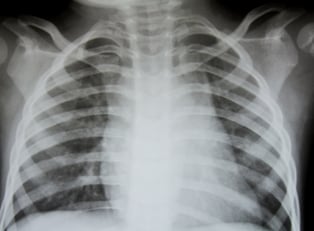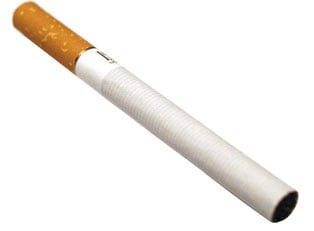Chronic obstructive pulmonary disorder (COPD) is a chronic and progressive disease of the lungs. Specifically, it occurs in the alveoli—the tiny clusters of sacs at the end of the bronchioles. The alveoli are where oxygen passes into the blood and carbon dioxide passes out. COPD means less air flows through alveoli because of damage. This damage might consist of lessened elasticity, preventing the alveoli from expanding as much as they would in healthy lungs; damaged alveoli walls; thickened or inflamed alveoli walls; or clogged alveoli, brought on by an excess of mucus. This results in coughing, wheezing, producing excessive sputum, difficulty breathing, and a tightness in the chest.
Emphysema, on the other hand, is one of a few different types of COPD, characterized symptomatically by difficult breathing. In emphysema, alveoli walls become so weak they eventually rupture or burst. One large air sac forms, instead of a group of small ones. The result is a decreased amount of surface area for capillaries to pass oxygen and carbon dioxide in and out of the body, which means less oxygen coming into the bloodstream. Like COPD, emphysema’s leading cause is cigarette smoking (although frequent inhalation of other harmful substances in the air, like dust or chemicals, can also contribute to COPDs).
Have more questions? See more answers from Alot.



